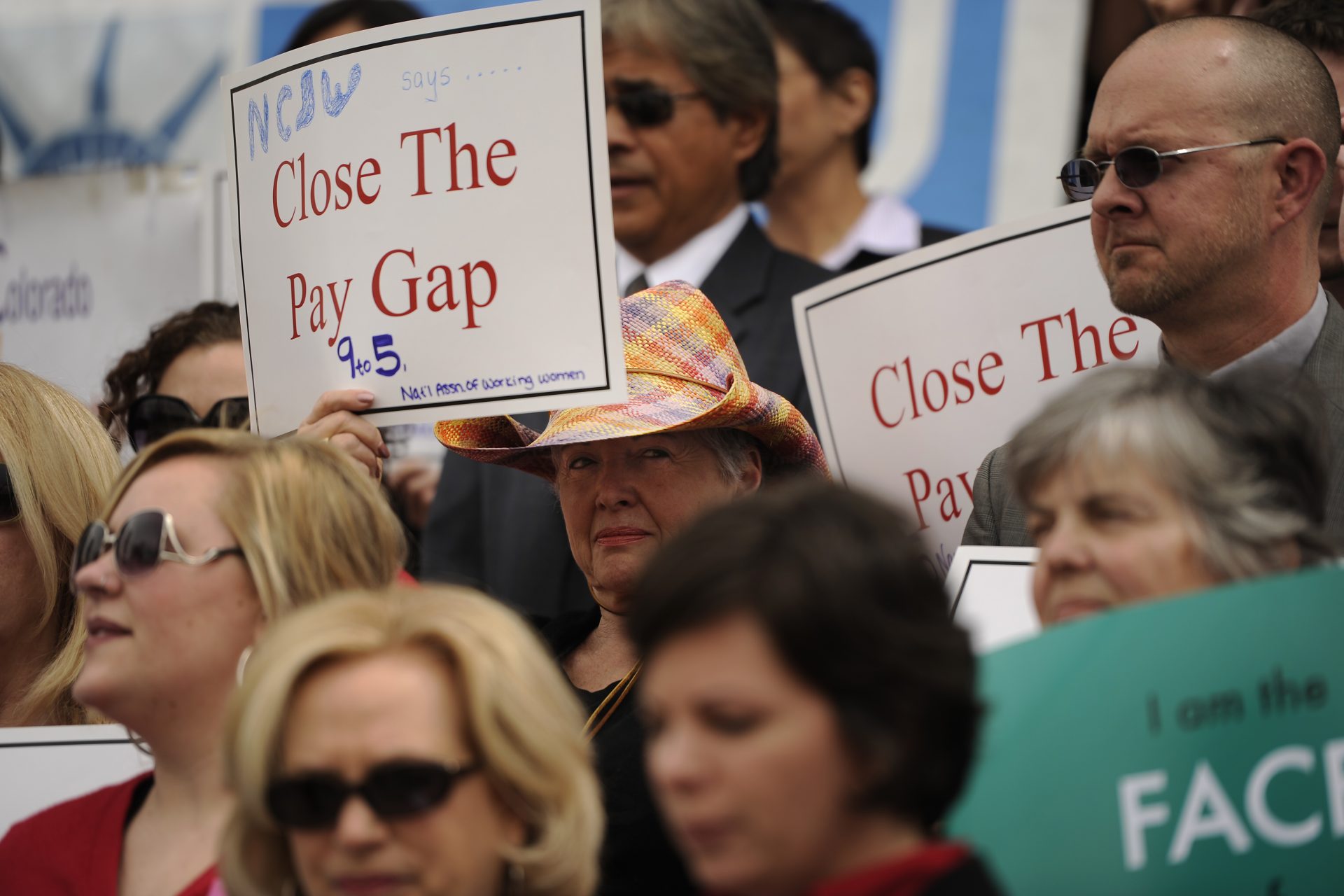Europe has a lot of work to improve the gender pay gap
It is clear and well-known that women are still in short supply in leadership positions, but the extent of the differences in earnings between men and women in general in Europe, often thought of internationally as being very advanced in equal rights is rather shocking.
Take for instance the case of Germany, so far advanced in many areas yet clearly lacking when it comes to the gender pay gap. In Germany, women earn almost a fifth less than men.
Women's earning in Germany when measured against men’s average gross hourly earnings, were 18% lower in 2022. This is what a report from the Federal Statistical Office Destatis says, which also provides other interesting data about Germany and Europe...
According to the report, Germany ranks third from last in the EU comparison. Only two countries were worse off: Estonia with a difference of 21% and Austria with 19%.
The flagship when it comes to equality in earnings is Luxembourg, where women and men earned the same amount for the first time in 2021.
The EU countries Romania and Slovenia also have small differences in gross hourly earnings, each at around 4%.
Another surprise is the situation in Italy. This country is another positive example: the difference is “only” 5%.
The Southern European country of Spain also performed significantly better than Germany at around 9%.
According to the Destatis report, Portuguese women earn 12% less than their compatriots.
In the Netherlands the difference in gross hourly earnings is around 13%. And therefore only just above the EU average.
In France, on the other hand, the salary difference between men and women is more than 15% above the EU average.
Although the United Kingdom is no longer in the EU it is still interesting to compare: Across all occupations, the median gender pay gap in favor of men in the UK was 14.9% in 2022, a slight improvement on 15.1% in 2021, according to the reports from ciphr.com.
While Europe still has a long way to go, outside of the old continent things are quite a bit worse when it comes to pay equality. According to Littler.com, Japan had a gender pay gap of 22% in 2022.
In the USA the difference is increasing. According to the Economic Policy Institute, women in the United States were paid, on average, 20.3% less than men in 2019. By 2022, this difference has increased to 22.2%.
In Canada, data from Statistics Canada states that as of 2021, the gender pay gap for full-time and part-time employees is 0.89. In other words, Canadian women make 89 cents of every dollar men make.
According to Destatis, on average in the EU, the pay gap between women and men fell from 16% to 13% between 2015 and 2021.
In Germany it fell from 22% to 18% between 2015 and 2021. Not really good. But the federal government has set itself at least one goal: it wants to reduce the gender pay gap in Germany to 10% by 2030.
The Destatis report also points out that differences in gross hourly earnings are only part of the problem. The amount of time a man or woman works also plays an important role in earnings inequality.
Women are almost three times as likely to work part-time as men. While women in Germany worked an average of 121 hours per month in paid work in 2022, men did 148 hours, according to the numbers from Destatis.
Not participating in working life or being employed part-time or marginally naturally also affects your pension in the long term. So the prospects are not good for many women.
More for you
Top Stories

































